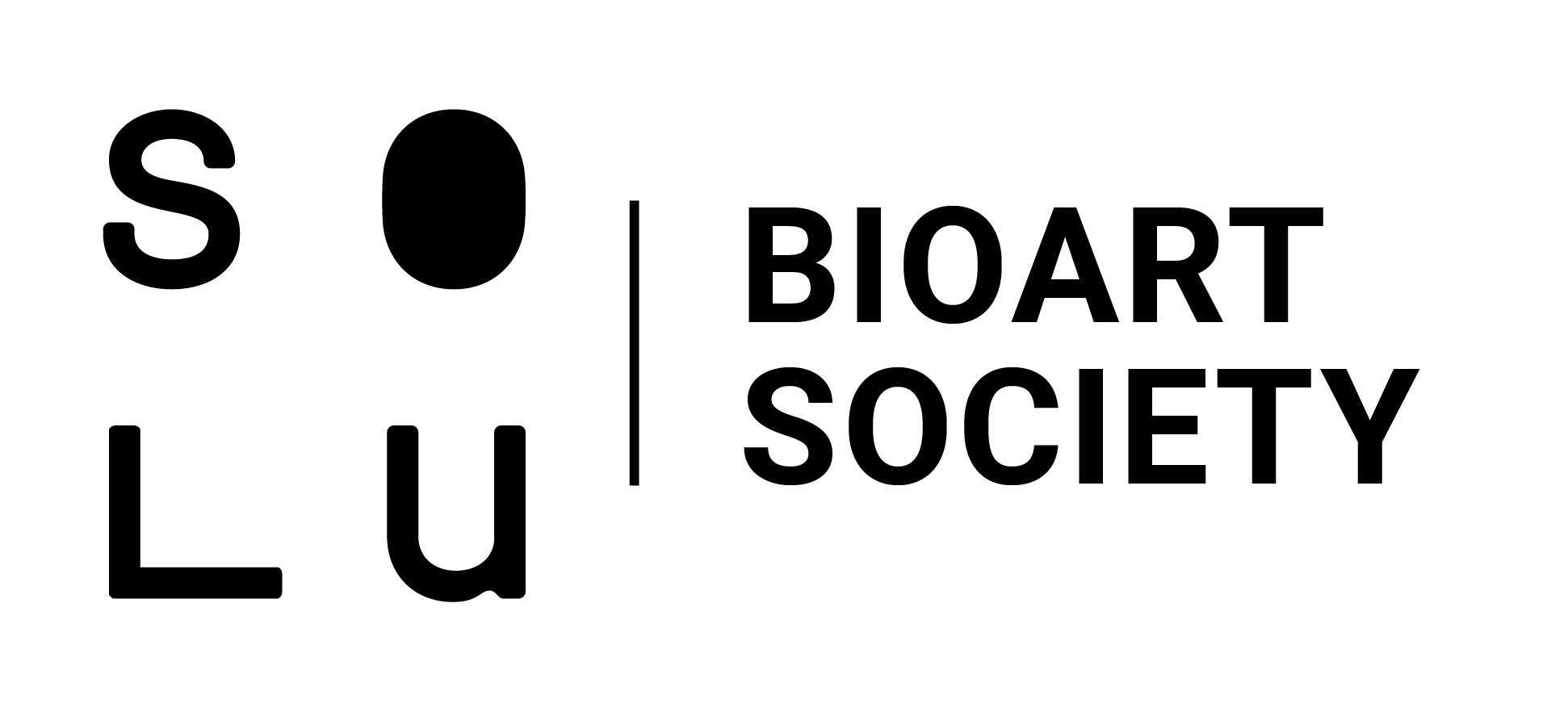In recent years, the concept of atmosphere has become more and more present for scholars of different academic disciplines in the humanities and arts. Questions in regards to how they are staged, on their ongoing effect in the lives of people ranging from the individual to the collective, and their ontological status; are some of the discussions that have risen. Although they are indeterminate, ambiguous and difficult to grasp, it cannot be overlooked that atmospheres play an important role in the shaping of the social and the political. Atmosphere, has been my main line of inquiry for the last year and a half. A journey I have approached swinging from theory to practice, back and forth. The last 10 weeks I have spent in Berlin theoretically studying the concept and experiencing the work of Danish-Icelandic artist Olafur Eliasson, who I am researching for a PhD in Art History. Now, I start my artistic residency in Ars Bioartica; the pendulum is on the other side. It is needed to say, to surpass the traditional dichotomy of the subject and object, that atmospheres are not inherent to the existence of things; but rather the in-between that emerges from their co-presence. In the words of German philosopher Gernot Böhme ecstasies are the way in which something goes forth from itself, or the way something makes its presence perceptible. Atmosphere therefore, emerges as an inseparable whole within a specific time-space. It is my hypothesis that the current importance of staging atmospheres in artistic practices today, may lead to further exploration of perception and experience through contemporary art. It is my belief, that this may take place, by means of the augmentation of the ecstasies of the natural. The question is how this magnification may come to being in the staging, to account for a significant sensory experience. I intend to produce a soundscape in coproduction with the environment. A Korg MS 20 mini analog synthesizer and a DIY Whistler Radio that my friend, colleague, scientist and hacker extraordinaire Cristian Delgado helped me built will play an important part in that purpose. Cristian will be the mind on the scientific and technological part of the research. I will be leaving the radio in the environment, at least one kilometer away from anything that may interfere or contaminate the reception of low frequency waves of the natural. I have to clarify that the focus of this research-practice is to explore the concept of the in-between (atmosphere) by centering the attention on the ecstasies of the environment as a gesture, and on my own perception and experience; instead of the objective being an analysis of what the Whistler Radio can collect. Cristian will design a program to transform the low frequency waves that are recorded in text code, to something that I can then use in Ableton Live for the production of the soundscape. This is as much as I can plan. I need to add that during the first week of residency I am completely alone at the biological station from 16:00 forward. I also need to add, that I’m from Mexico City, one of the most populated cities in the planet. It has a year round average temperature of 18°C. Being in a place like the artic during winter, couldn’t be more extreme in contrast to my everyday experience of the world. A fact to sum to the adventure is that I lost my metabolism and antidepressant medication on my way from Berlin to the Finish Lapland.

